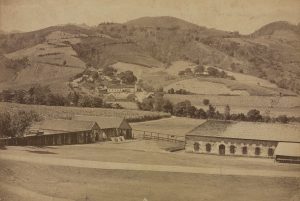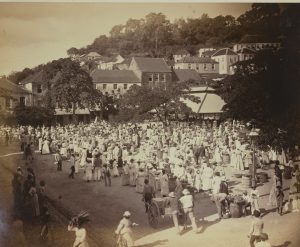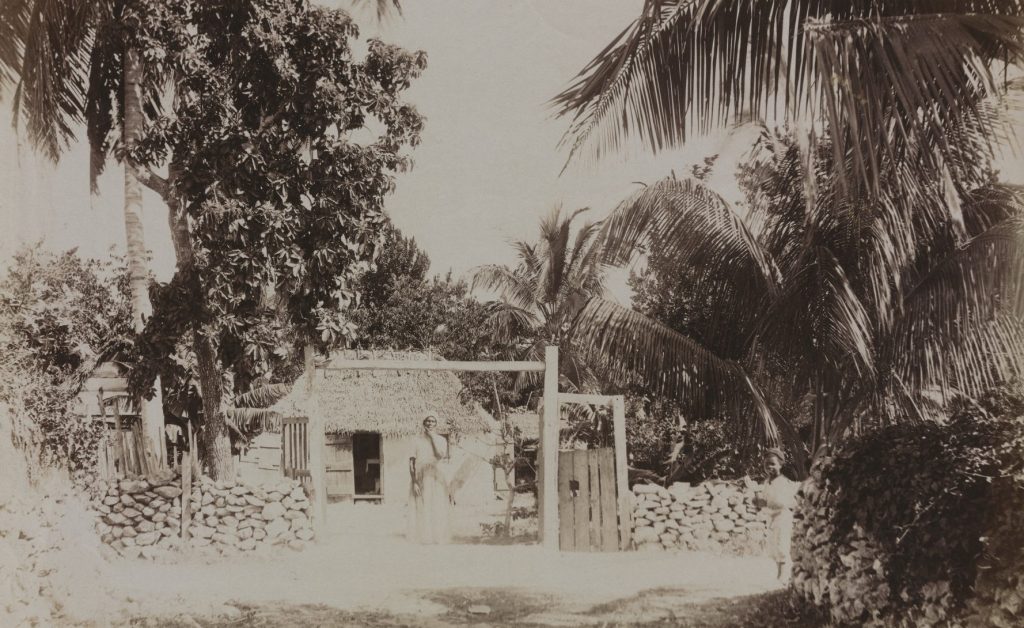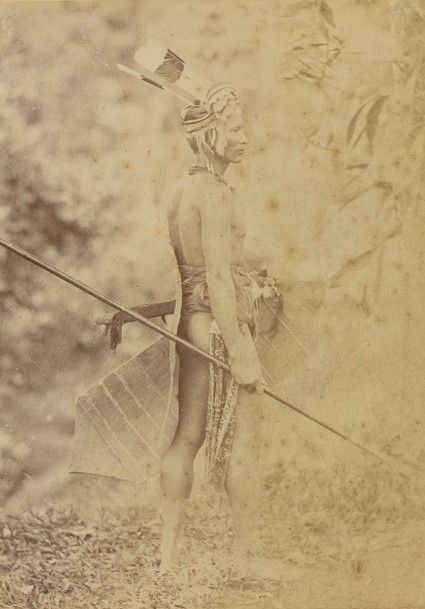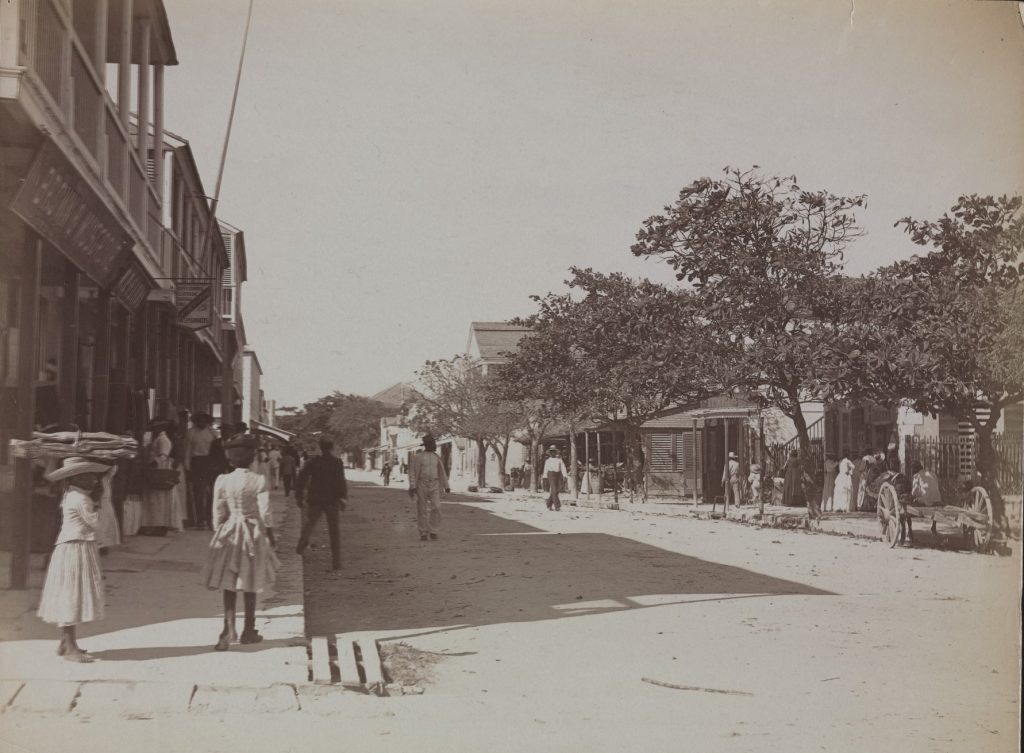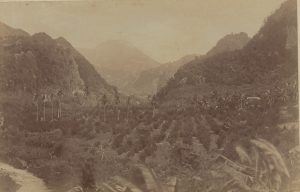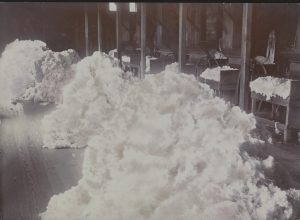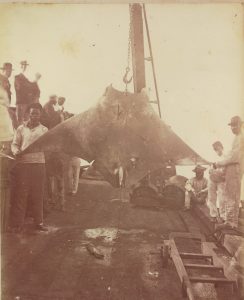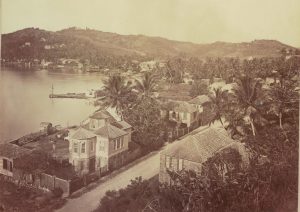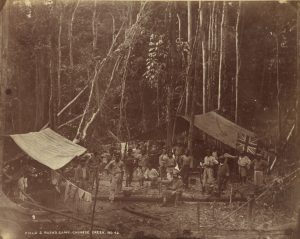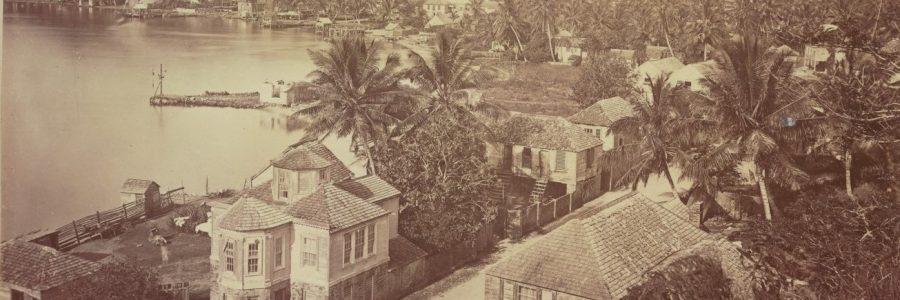
Rare Caribbean pamphlets
During the University Library’s closure, the Royal Commonwealth Society department has been cataloguing its collection of rare eighteenth and nineteenth-century pamphlets relating to the Caribbean. To date it has added more than 400 new titles to the on-line iDiscover catalogue. Because many of these pamphlets were published locally in Jamaica, Barbados, British Guiana (Guyana) and other former overseas territories, they were not acquired by the UK’s legal deposit libraries. Outside the RCS, the only other copies are often found in specialist institutions such as the Royal Botanic Garden at Kew or The Natural History Museum.
It is impossible here to summarise the pamphlets’ many rich and diverse themes, or to outline their great research potential, but a number of significant subjects are immediately evident. They have been illustrated with complementary photographs from the RCS’s extensive Caribbean photograph collection. The earliest pamphlets date from the 1790s and campaign for the abolition of the trans-Atlantic slave trade. Others carry on the struggle until the abolition of slavery itself in the British Empire in 1834 and discuss the controversial issue of compensation for owners. These works reinforce the RCS’s many resources for the study of slavery, which include the archives of Sir George Arthur, Superintendent and Commandant of British Honduras from 1814 to 1822. Arthur was a committed abolitionist who did much to ameliorate the condition of the enslaved. Later works address the prospects of the emancipated and the working and living conditions of South Asian and Chinese labourers recruited to work the plantations and new industries. The RCS pamphlets shed light upon many other fields of Caribbean history, including early examinations of indigenous peoples, European settlement, the birth of ports and towns, and struggles to combat endemic diseases such as yellow fever and malaria and to improve health.
There are many works of economic botany discussing the sugar industry and its decline, and the introduction and cultivation of cotton, banana, pineapple, orange, cocoa, coffee, mahogany, logwood, sisal, coconut, jalap and lime. These are supplemented by studies of soils and fertilisation, and the prevention and control of diseases and pests which might decimate crops. Many were the reports of experimental agricultural research stations on Dominica, Antigua and St Kitts directed by the Cambridge-educated botanist Charles Alfred Barber (1860-1930), who served as Superintendent of the Leeward Islands Botanical Station during the 1890s. Barber was a sugar cane expert, who went on to a distinguished career as a government botanist in India, before returning to Cambridge in 1919 as Lecturer on Tropical Agriculture.
Others were written by Sir Daniel Morris, who served as Director of Jamaica’s Botanic Department from 1879 to 1886. Morris later worked as Imperial Commissioner, West Indian Agricultural Department, and as Scientific Advisor in Tropical Agriculture to the Colonial Office. The RCS has digitised two albums of Morris’s photographs, illustrating its strength and depth in this area (Y307G and Y3073D). Other interesting publications document the Caribbean’s native flora and fauna, and the passion for discovering new species, one example describing the hunt for orchids in Demerara. The Caribbean’s contribution to international exhibitions, such as the Exhibition of Works of Industry of all Nations held at Dublin in 1853, are documented in illustrated catalogues.
Other pamphlets illustrate attempts to develop other raw materials or new industries. Company prospectuses advertise ventures to develop the Caribbean’s fisheries. One of the most successful industries to emerge during the second half of the nineteenth century was centred upon Trinidad’s famous Pitch Lake, which contains the world’s largest natural asphalt deposit. The first asphalt roads of New York and other eastern American cities were paved with asphalt extracted from Pitch Lake.
Geological pamphlets examine the volcanic origins of the Caribbean islands and the particular puzzle of Pitch Lake’s formation. Scientific attention focused upon the region’s climate and investigated the violent tropical storms which inflicted such tragic damage upon ‘the cradle of cyclones.’ More ephemeral items chart the birth of modern tourism, with travel diaries and advertisements for luxury cruises and hotels, seeking to attract visitors to the region’s warm climate and great natural beauty.
Chronologically, the pamphlets conclude with extensive coverage of one of the late nineteenth-century’s great diplomatic disputes: the long-standing conflict between Britain and Venezuela over the boundary between the latter and British Guiana, which intensified with the discovery of gold in the contested region during the 1870s. In 1895, a more expansive, assertive United States under President Grover Cleveland, citing the Monroe Doctrine, responded to Venezuela’s pleas for assistance and demanded that Britain accept its arbitration. Initially Britain’s Prime Minister Lord Salisbury rejected this intervention, but against the background of a developing crisis in South Africa, eventually submitted to arbitration when America threatened to enforce its boundary commission’s decision ‘by every means.’ The commission’s findings, announced on 3 October 1899, confirmed Britain’s claim to the bulk of the disputed territory. This incident is often cited as America’s first emergence as a world power.
All of these pamphlets can be searched for on iDiscover using thematic and geographical keywords, or Library of Congress subject headings.

